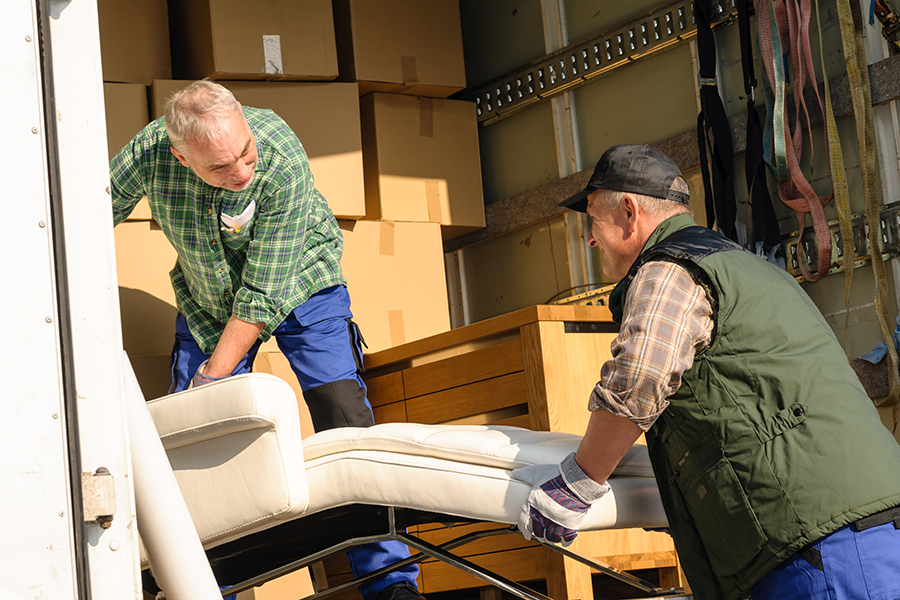Organizing Interstate Furniture Transport with Insider Advice
Organizing Interstate Furniture Transport with Insider Advice
Blog Article
If you’re planning for an interstate move, you probably have a lot of concerns ahead.
This article offers a unique look at how to handle long-distance moving effectively.
Let’s acesse o endereco dive into the world of interstate relocation and uncover what it really takes to move to another state.
What Makes Interstate Moving Unique?
When you cross state lines, your move falls under federal regulations, typically overseen by the FMCSA (Federal Motor copyright Safety Administration).
For example, some states have agricultural checks, item bans, or specific rules on transporting vehicles.
Most importantly, the logistics are more complex: possible weather impacts come into play.
Tips for Choosing the Best Interstate Movers
Selecting the right interstate moving company is crucial for a successful relocation. Start by checking for proper licenses and insurance—legitimate companies must have a USDOT number issued by the Department of Transportation.
Request detailed quotes from at least three companies.
Taking time to vet your moving company can save you stress, money, and avoidable delays.
Factors That Influence Interstate Moving Costs
Another key factor is the weight or volume of your shipment; heavy or bulky loads increase both transport and handling fees.
If you request professional packing, furniture disassembly, custom crating for delicate items, or temporary storage, these all add to the base price.
For example, if your home requires movers to carry boxes up multiple flights of stairs, or if truck access is limited by narrow roads or urban restrictions, extra fees may apply.

Step-by-Step Guide to Organizing a Long-Distance Move
Proper planning is the foundation of a successful interstate move. Start by creating a timeline—ideally 8–12 weeks before your move date.
Decide what to sell, donate, or discard to reduce weight and save on moving costs. Less volume often translates to lower transport fees, so decluttering pays off.
Finally, prepare an essentials kit for the days surrounding your move.
Understanding Your Moving Options
Partial-service movers let you pack your own boxes while they handle transportation and heavy lifting, reducing costs.
Freight shipping companies also offer options for large shipments that don’t need full moving crews.
When comparing services, consider your priorities: Do you value convenience or budget?

Common Mistakes to Avoid in Interstate Moving
Booking early not only secures better pricing but also gives you time to research and prepare properly.
Another common pitfall is failing to check mover credentials.
Invest in proper materials, label every box, and consider letting professionals handle specialty or high-value items to avoid costly mistakes.
Tips for Saving Money on Interstate Moving
Hold a garage sale or list items online to offset some moving expenses.
Next, compare quotes carefully.
Pack non-fragile items, disassemble simple furniture, or transport valuables in your own vehicle.
Wrapping Up Your Interstate Moving Journey
Whether you’re relocating a small apartment or a full household, understanding the process empowers you to make informed decisions.
Remember: the best moving experience combines preparation, trusted professionals, and flexibility to handle surprises.
As you get ready to embark on your interstate move, stay organized, communicate clearly with your movers, and keep your goals in sight.
Common Questions on Long-Distance Moves
Are there budget-friendly options for moving out of state?
You can also pack and load yourself to cut labor costs while hiring movers only for transport.
When should I hire movers for a long-distance move?
Last-minute bookings often come with limited availability and higher prices.
What items are movers not allowed to transport across state lines?
Always check with your moving company for a detailed list of prohibited items.
Do I need extra coverage for my interstate move?
Most interstate movers include basic valuation coverage by law, but it’s minimal.
How do I know where my shipment is?
Ask your company about their communication methods and tracking options.
Report this page